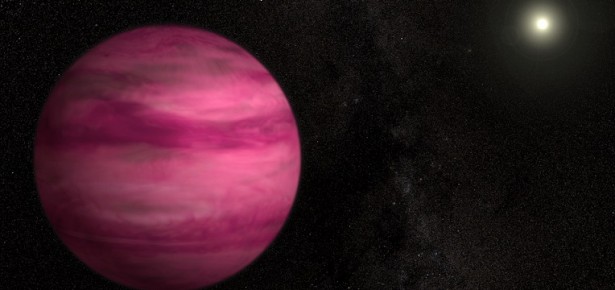
Read the full excerpt here.
The search for life in the Universe, from theoretical concept to actual exploration, has never ceased to interest and amaze humanity. After the first ideas had arisen on cosmology (the structure of the cosmos) and cosmogony (its creation), early civilizations and philosophers turned their minds towards living beings and how they came to be. Once some basic principles had been set – for instance in the biblical book of Genesis or in Hesiodos’ Theogony, which both basically define the creation of Earth and Heavens from nothing (or Chaos) – the first ‘scientific’ minds set to work all over the world, and new ideas were sparked in Egypt, in the Indies, in the Americas, in China and in Europe. Thus, in Greece for instance, Aristarchus conceived the idea of the heliocentric Solar System; Eritosthenes proved that the Earth was spherical and determined the distance to the Moon; and Anaximander had a structure worked out for the whole Universe.
The ancient Greeks proposed a theory with which we are all familiar today: that a Universe so full of stars must also have a large number of populated worlds
Some of the early thinkers had already advocated a Universe consisting of ‘many worlds’. Thales, from Militos, and his students in the seventh century BCE argued for a Universe full of other planets, teaming with extraterrestrial life. They also proposed the idea with which we are all familiar today (through Drake’s equation, Carl Sagan’s musings, and the contributions of many other scientists): that a Universe so full of stars must also have a large number of populated worlds. This proposal was defended by Epicurus and other Greek atomists who countered the geocentric models put forward later by Aristotle. In the cosmogony developed by Plato’s famous disciple, the mythological separation of Earth from the Heavens was put into more modern words and widely promoted, as was his geocentric perception of the cosmos and the limited and well-defined sphere of stars in which matter and space were confined and interconnected. Aristotle’s philosophical attempt at modern physics took strong roots, caused the ancient open-minded theories to be forgotten and hindered scientific progress in this domain for quite a long period. The Copernican revolution in the sixteenth century gave a boost to the concept of life’s emergence and possible existence elsewhere in the Universe, because Earth was no longer the privileged and unique place where this could occur.
In 1862, the French scientist Camille Flammarion published La pluralité des mondes habités (‘On the plurality of inhabited worlds’), in which he discussed the conditions of habitability and the possible presence of life on such habitable planets of our Solar System. The public loved the book, but Urbain Le Verrier (then Director of the Paris Observatory) and many of his colleagues utterly rejected Flammarion’s arguments, and Flammarion was consequently fired from the Observatory. Open-mindedness was not always accepted at that time, but – thankfully – we have come a long way since then.
One hundred and fifty years later, in the era of planetary exploration, with space missions and large telescopes at our disposal, the quest for life remains just as important to humanity. The discovery in the past 20 years of planets around other stars (exoplanets) has made a difference in our perception of the possibility that other worlds might harbour life or the conditions necessary for life to emerge and survive. But, as the quest for life-supporting conditions in our Solar System moves onwards, with ever more powerful means, it is essential to know exactly what we are searching for. Such type of investigations have in the past been driven by geocentric considerations. Robotic exploration surveys in the Solar System, and several astronomical
surveys from the ground and space targeting ‘exoplanets’ (planets beyond our Solar System), have been designed to retrieve information on present or past signatures of life or biotic-related elements, but up to now these have always been based on life as we know it on Earth – terrestrial life.
Read the rest of the excerpt here.
Latest Comments
Have your say!